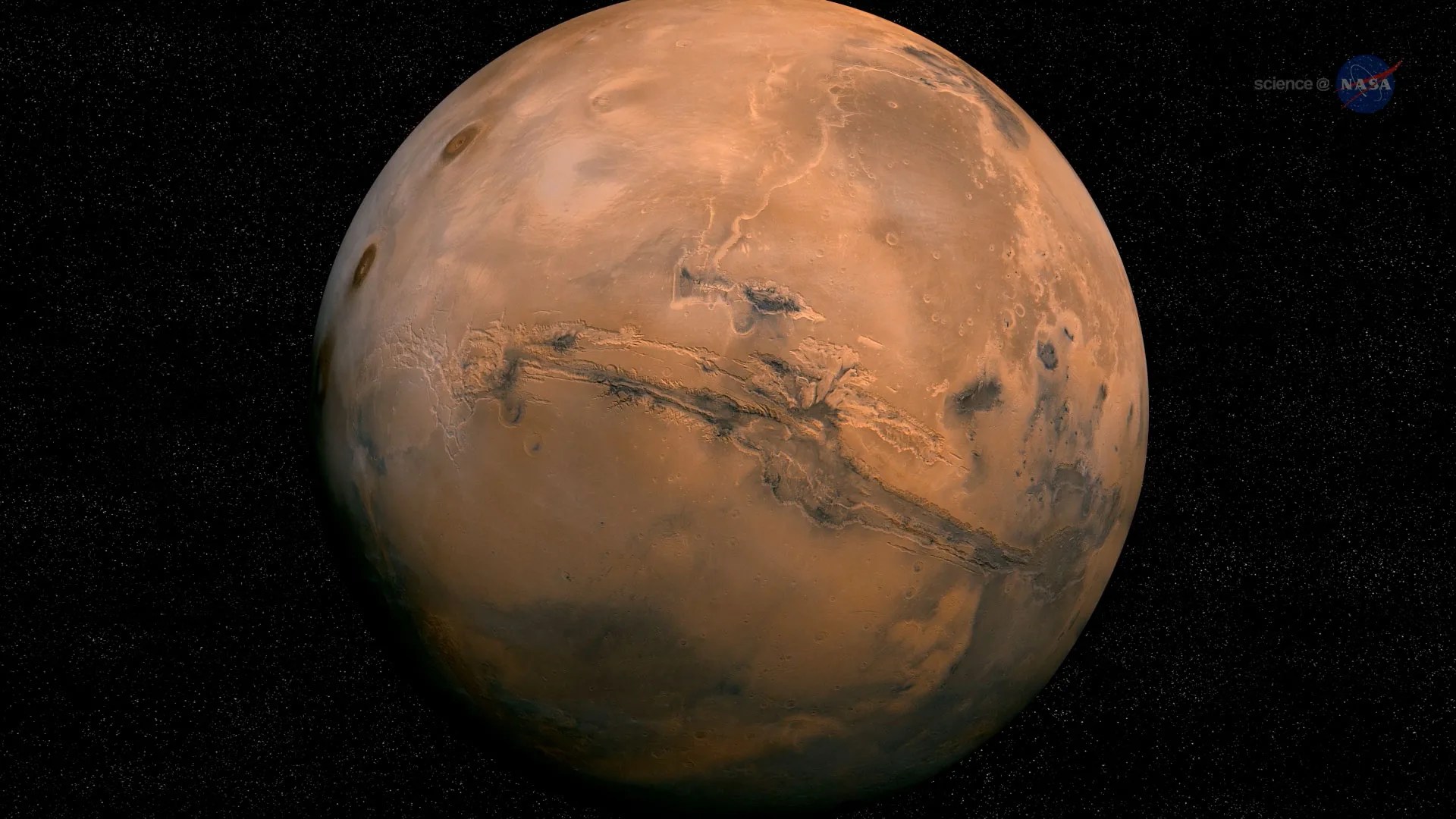2 min read

This two-sol plan includes arm, remote sensing and mobility activities on Sol 3047 and more remote sensing on Sol 3048. To continue the sampling of chemistry and texture of the rubbly bedrock as we traverse across it, APXS will perform a short integration on a bedrock block named "Daglan" before MAHLI acquires 3 images (including stereo from a 5-cm standoff) of the same target. I focused on ChemCam planning today, helping to select and refine targets for passive observations of two types of bedrock at "Siorac en Perigord" and "Siorac de Riberac," plus a 10x3 RMI mosaic of a distant exposure of sulfate-bearing rocks. Mastcam will take a multispectral observation of "Cornille," the boundary between the two rock types, and stereo mosaics across similar, nearby transitions. Mastcam will also acquire a stereo mosaic of outcrops to the south that we plan to visit soon, to provide context for future observations. The Right Mastcam will also image "Ajat," a nearby rock face that is just visible over the rover, before Navcam searches for dust devils and clouds. Then the rover will drive toward the southeast and acquire images from its new location to prepare for contact science in the next plan. Finally, MARDI will take another twilight image before the rover rests overnight.
Written by Ken Herkenhoff, Planetary Geologist at USGS Astrogeology Science Center







